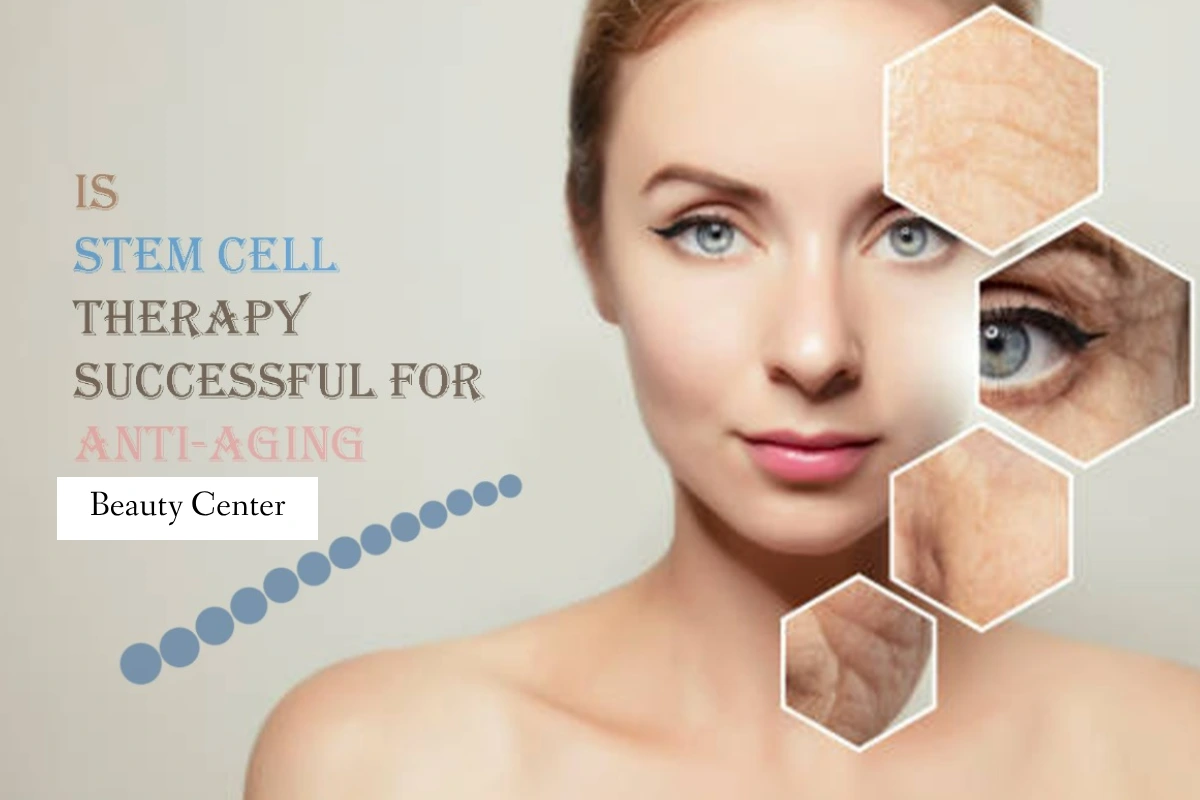As the search for healthier and more youthful skin expands and evolves, so do the skincare product options available on the market. Most notably, it includes the science and technology of stem cells, which are well known for their role in accelerating wound repair. According to medical professionals, the aging process has similarities with wounds that result from cuts, scrapes, or surgical procedures.
This introduces us to the potential of stem cells, which are the key ingredients that have been found to possess the ability to impede or even reverse the aging process of the skin. Skin aging is closely linked to the diminishing capacity of the body’s intrinsic repair mechanisms to cope with the daily onslaught of injuries caused by both internal and external factors. Professor Phan Toan Thang from the National University of Singapore’s Department of Surgery identifies such unwanted forces on the skin, which range from ultraviolet radiation and pollution to issues emerging from within, such as malnutrition and disease.
Following an injury, the body produces new skin cells to help seal off the wound, and then inflammation sets in to kill any foreign bacteria and dead cells at the injury spots. These cells then work to strengthen the newly regenerated skin and reduce the scars in a complex and lengthy remodeling phase.
The aging of the skin, as Professor Phan notes, is essentially a result of the inner repair systems being unable to keep up with the daily external factors that the skin is exposed to. The cells responsible for repair either fail or are depleted, leading to a gradual diminishing of functions and contributions to the aging process. In essence, skin ages because it becomes ‘wounded’ by various environmental and internal conditions.
When broken down into simpler terms, it just means that as we age, the time taken for wounds to heal increases noticeably. The three stages of wound healing — inflammation, regeneration, and remodelling—take a longer time to complete in the elderly, which ultimately adds to discoloration and potential scarring on the skin and its surface. The aging process itself, characterized by slower cell division and renewal, induces thinner skin and a reduced ability to defend and repair itself. This diminished capacity manifests as common signs of ageing like wrinkles and age spots.
To combat these concerns, the use of stem cells has been put forward as an incredibly viable solution. In fact, Professor Phan suggests that early aging can be reversed when cells are not too damaged, and using stem cell proteins on aged skin can slow down or prevent further deterioration. These cells are remarkably capable of generating different specialised cells that can perform various functions, thus expediting wound healing and skin regeneration at a significant level. Producing these cellular signals is a form of communication that helps to reduce inflammation, promote skin cell renewal, activate cells to migrate towards the damaged parts of the skin, and contribute to the development of the skin’s structural layers. They activate the necessary processes that reduce skin irritation and sensitivity while improving its overall density and resilience, which is why Calecim’s professional microneedling serum has become increasingly popular among customers and medical professional alike.
CALECIM® Professional’s stem cell skin care products offer a unique active ingredient, known as PTT-6 as part of their formulations. PTT-6® includes over 3,000 growth factors, and exosomes naturally generated by stem cells, creating an ideal combination that actively focuses on boosting skin health and repair. The use of PTT-6® as a cell signaling system triggers the skin to behave as young, healthy skin should. Additionally, epithelial stem cells growth factors are also a part of the mixture, and can communicate with the skin’s own naturally produced epithelial stem cells—a robust source that extensively secretes regenerative proteins.
CALECIM®’s products are all enriched with this potent mix that is derived from ethical sources, and works to induce the skin to produce beneficial proteins through cell-to-cell communication. Lab-proven results from products like their Professional Serum, Multi-Action Cream, and Restorative Hydration Cream, have shown a 600% average improvement in skin thickness, 42% more skin cell growth within seven days, and complete skin restoration in just 40 hours.
The enhancements reported include a reduction in pigmentation, enhanced facial definition, a significant decrease in fine lines, restored skin fullness and elasticity, and substantial reduction in redness and inflammation after in-clinic procedures. The effects of it are clear and suggest a positive impact on combating aging skin and its associated issues.
It’s no wonder that dermatologists, medical aestheticians, and skincare experts from all over the world are incorporating CALECIM® Professional’s stem cell serums and creams into their in-clinic treatment procedures. These products have been proven to assist in reducing swelling and redness in their users, soothing any post-procedure discomfort, and promoting long-term skin cell turnover and rejuvenation with extended at-home use.
In conclusion, the relationship between wound healing and anti-aging has a critical common factor in stem cells and their working mechanisms. As science and technology continue to advance, brands like CALECIM®, that are rooted in extensive research and testing, continue to demonstrate and harness the potential of stem cells to directly address the challenges posed by aging skin. Their methods and products have proven incredibly beneficial in contributing to optimal skin function and cellular revitalization, establishing their success in leveraging the benefits of stem cell technology in the pursuit of healthy, youthful skin.

